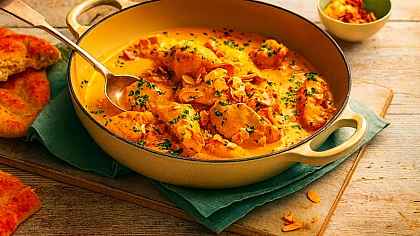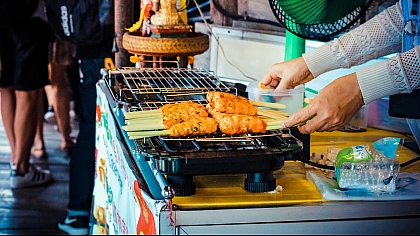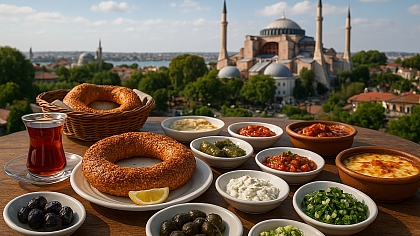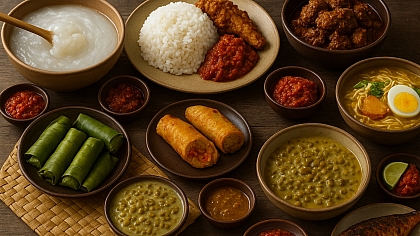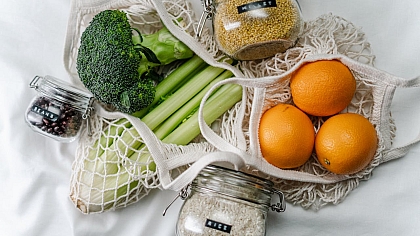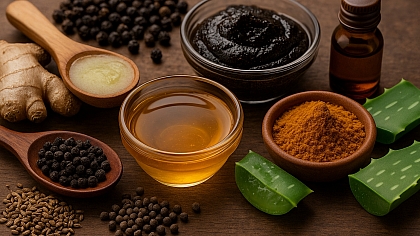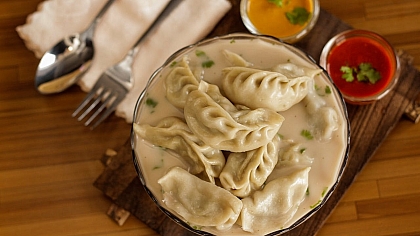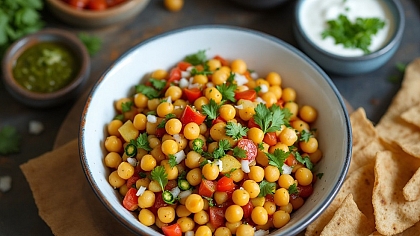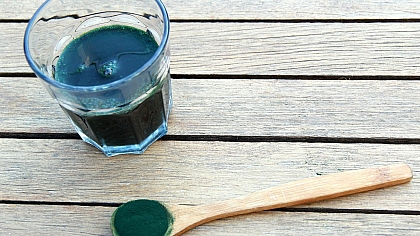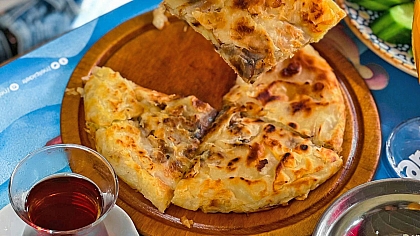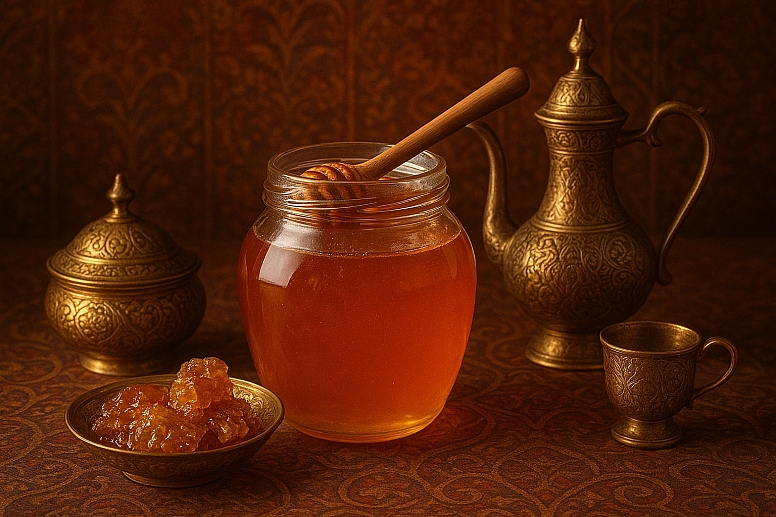
The Significance of Honey in Middle Eastern and South Asian Kitchens
The Golden Gift: Honey’s Place at the Table
In many Middle Eastern and South Asian kitchens, sugar sits in the cupboard, but honey holds a place of honor. This natural sweetener is far more than just an ingredient for desserts. It is an ancient food, a medicine, and a symbol of welcome all rolled into one golden drop.
For centuries, people in these regions have valued honey. They use its deep, complex flavors to balance spices, preserve foods, and create meals that are both nourishing and delicious. Honey connects modern cooking to very old traditions that stretch back through history.
What You’ll Learn
- Honey provides a balance to spicy and savory flavors in many dishes.
- Different types of honey, like Sidr and Sainfoin, have unique tastes.
- Honey is important in religious traditions and as a natural medicine.
- It is used in marinades for meats and in classic desserts like baklava.
A Sweetness Thousands of Years Old
People have gathered honey in the Middle East and South Asia for a very long time. Ancient cave paintings show honey harvests. Old books from these regions describe honey as a precious gift from nature.
This long history means honey is woven into the culture. It is a symbol of good things, like health, prosperity, and sweetness in life. Offering honey to a guest is a sign of welcome and respect. This deep meaning makes honey much more important than ordinary sugar.
Not All Honey is the Same
The flavor of honey changes depending on which flowers the bees visit. Different regions have special types of honey that taste unique.
Middle Eastern Honeys:
- Sidr Honey: Bees make this honey from the flowers of the Sidr tree. It is thick, dark, and has a strong, rich flavor. Many people consider it one of the best honeys in the world.
- Thyme Honey: This honey comes from bees that pollinate thyme flowers. It has a herbal taste and a light golden color.
- Orange Blossom Honey: This is a lighter, sweeter honey with a fresh citrus smell. It is common in many areas.
South Asian Honeys:
- Sainfoin Honey (Pahadi Honey): This honey comes from the Sainfoin flower in mountain regions. It has a light, delicate taste.
- Litchi Honey: Bees that feed on litchi trees produce a honey that is sweet and floral.
- Mustard Honey: This honey has a sharp, pungent flavor that is different from milder honeys.
Honey in Savory Cooking

Many people think honey is only for sweet foods. But in these cuisines, cooks often use honey with meat and vegetables.
Honey is a key ingredient in many marinades. Its sugars help the meat get a beautiful, dark color when it is grilled or roasted. The sweetness also balances the saltiness of soy or spices.
- In Pakistan and North India, honey might be brushed on tandoori chicken or seekh kebabs for a glossy finish.
- In Iranian cooking, a mix of honey, pomegranate molasses, and walnuts creates a famous sauce for chicken called Fesenjan.
- Honey is often mixed with lemon juice, garlic, and spices to make a marinade for grilled lamb.
A Balance for Spices: Honey can calm down spicy heat. A small drop of honey in a very spicy curry can make the flavor more rounded and complex without making it taste sweet.
Salad Dressings and Dips: A little honey can improve a simple salad dressing. Mixed with olive oil, lemon juice, and salt, it makes a tasty topping for salads. It can also be stirred into yogurt-based dips for a sweet and tangy taste.
The Star of Sweet Treats
Of course, honey is famous for its role in desserts. Many classic sweets rely on honey for their flavor and texture.
Middle Eastern Favorites:
- Baklava: This layered pastry of nuts and phyllo dough is soaked in a sweet syrup made from honey, sugar, and lemon.
- Basbousa: A sweet semolina cake that is drenched after baking in a honey syrup.
- Date and Honey Balls: Simple desserts made from mashed dates, nuts, and honey rolled into balls.
South Asian Delights:
- Sheer Khurma: A vermicelli pudding made during Eid, often sweetened with honey.
- Honey Barfi: A version of the popular milk fudge sweetened with honey instead of sugar.
- Honey Drizzled Sweets: Many sweets, like jalebi or gulab jamun, are sometimes served with a drizzle of honey.
More Than Just Food: Honey as Medicine and a Divine Cure
In both Middle Eastern and South Asian traditions, people have long valued honey as a powerful natural medicine. This belief is deeply rooted in ancient practices like Ayurveda and Unani medicine. Furthermore, for over a billion Muslims around the world, honey holds a special status that goes beyond culture—it is a part of faith.
This significance is directly derived from the Islamic tradition. Islamic teachings, found in the Quran and the sayings of the Prophet Muhammad (peace be upon him), specifically highlight honey’s healing properties. They refer to it as a substance from which people can find a cure and a sign for those who reflect.
This religious context solidifies the belief in honey's curative powers and elevates its use from a simple remedy to a recommended practice. It is commonly used to:
- Soothe a sore throat and cough.
- Aids with digestion and stomach ailments.
- Provide a natural boost of energy.
- Help heal small cuts and burns.
A widespread remedy, enjoyed by people of all faiths, is warm water mixed with honey, lemon, and ginger to fight a cold. This practice is not just folk wisdom; for many, it is an act of following a sacred tradition and seeking a cure that has been divinely acknowledged.
A Taste of Tradition
Honey is a timeless ingredient. It connects the food of today to the cooking of generations past. It is a natural product that reminds us of the importance of bees and the environment.
Choosing a good, local honey supports beekeepers and helps these old food traditions continue. It is a simple way to add a taste of history and culture to your cooking.
Next time you cook, try replacing sugar with a local honey. Taste the difference it makes in a marinade, a dressing, or a simple cup of tea. Share this golden gift with your family and friends.

